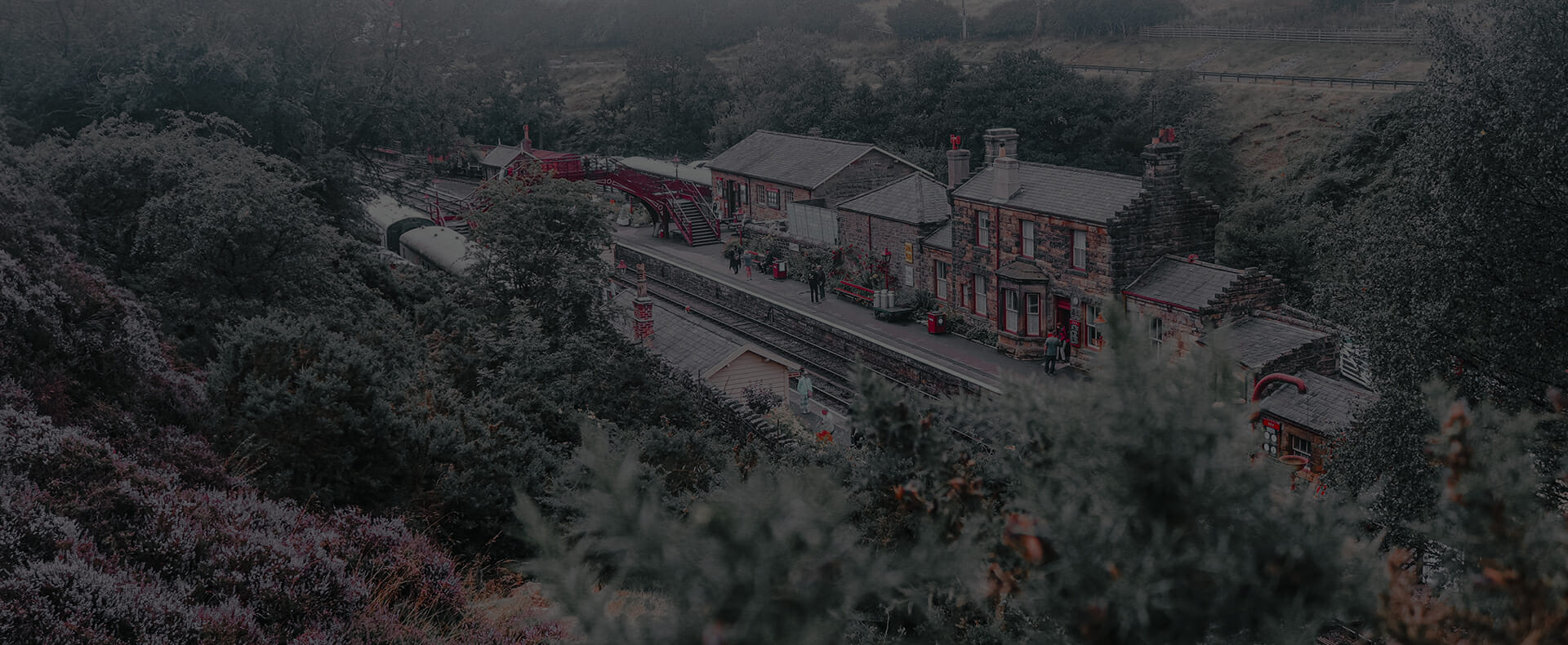
British Rail was the nationalised railway system of the United Kingdom from 1948 until 1997. The railways were privatised in stages between 1994 and 1997, with the final stage occurring on 1 January 1997.
The railways were nationalised initially by the Transport Act 1947, which took effect on 1 January 1948. The government implemented the nationalisation for various reasons, including the poor state of the railways after World War II, and the belief that the railway system would be more efficient if it were run as a single entity.
The British Railways Board (BRB) was responsible for running the railway system from 1963 until 1983, when it was replaced by a series of organisations known as British Rail.
The process of privatisation began in 1994, and was completed on 1 January 1997. The UK railway system is now owned and operated by a number of private companies.
The British Rail Network
The British rail network is one of the oldest and most well-known globally. It was launched in 1825, making it one of the first-ever national railway systems. The network has since been through several changes, including privatisation and nationalisation. It is now an independent body.
Many things make the British rail network unique. It is one of the few systems in the world that has been privatised and then nationalised again. It is also one of the most well-known and well-used networks, with millions of passengers using it every year.
The British rail network is a vital part of the country's infrastructure and plays a vital role in the economy. It is one of the largest employers in the country, with over 100,000 people working on the network. The network also carries billions of pounds worth of goods every year.
The British rail network is an essential part of the country's history and heritage. It has been used by some of the most famous people in the world, including Winston Churchill and Queen Victoria. It is also one of the most popular tourist attractions in the country, with millions of people visiting it every year.
Facts About British Rail
1. The British railway network is made up of around 2,500 stations.
2. The longest tunnel on the network is the Severn Tunnel which runs for over 4 miles (6.8km) beneath the River Severn.
3. There are around 11,000 tunnels on the British railway network.
4. There are over 5,000 bridges on the network, including viaducts and culverts.
5. Some strange facts about the British railway network include: it is home to the world's first train robbery (near Preston in 1850), and the world's longest stretch of straight track (98 miles between Yarnton Junction and Carnforth).
6. The busiest railway station in the UK is London Waterloo, which handles over 99 million passengers a year.
7. The quietest railway station in the UK is Shippea Hill in Cambridgeshire, which sees just 20 passengers per day.
Train Operating Companies
There are many different train operating companies in the United Kingdom, each responsible for running a specific rail service. Some of the best-known train operating companies include Avanti West Coast, LNER, and CrossCountry.
For more information on each operating company, you can visit their respective page on our site.
c2c
Caledonian Sleeper
Chiltern Railways
Cross Country
Gatwick Express
Grand Central Railway
Great Northern
Great Western Railway
Greater Anglia
Heathrow Connect
Frequently Asked Questions
What is the opinion of the privatisation of British Rail?
Some people argue that the privatisation of British Rail has led to an improvement in service quality. They point to the fact that, since privatisation, passenger satisfaction levels have consistently remained above 90%. They also argue that competition between different train operating companies has encouraged innovation and improved efficiency.
Others contend that the privatisation of British Rail has been detrimental to both passengers and workers. They argue that fares have increased at a faster rate than inflation since privatisation, while services have been cut back in many areas. They also point to the fact that many former British Rail employees have lost their jobs or seen their working conditions deteriorate since privatisation.
What's the deal with football supporters using the old British Rail logo?
Some football supporters in the United Kingdom have adopted the old British Rail logo as a badge of honor. The logo, which features a lion rampant on a wheel, has come to represent the working-class roots of the sport. It also harkens back to a time when traveling by train was a more common way to get to matches.
How were the big four compensated when British Rail was formed?
The big four were compensated for the nationalisation of their businesses by being given shares in the new company. The compensation was based on the value of their assets, including rolling stock, property and goodwill. The shares were paid for over a period of years, with interest, and were non-voting.
When was the British Rail strike when the workers fought by following the regulations?
The British Rail strike was a dispute between the rail workers and the management that began in early 1974. The workers were fighting for better working conditions and compensation, while the management wanted to follow government regulations.
Why did ridership spike after the privatization of British Rail?
There are a number of reasons why ridership on the British rail system increased after privatization. First, private companies were able to invest in new infrastructure and equipment, which made the system more efficient and reliable. Second, fares were lowered in some cases, making it more affordable for people to use the service. Third, private companies introduced new marketing and customer service initiatives, which made the system more user-friendly. Overall, privatisation of the British rail system led to a number of improvements that made it more attractive to riders.